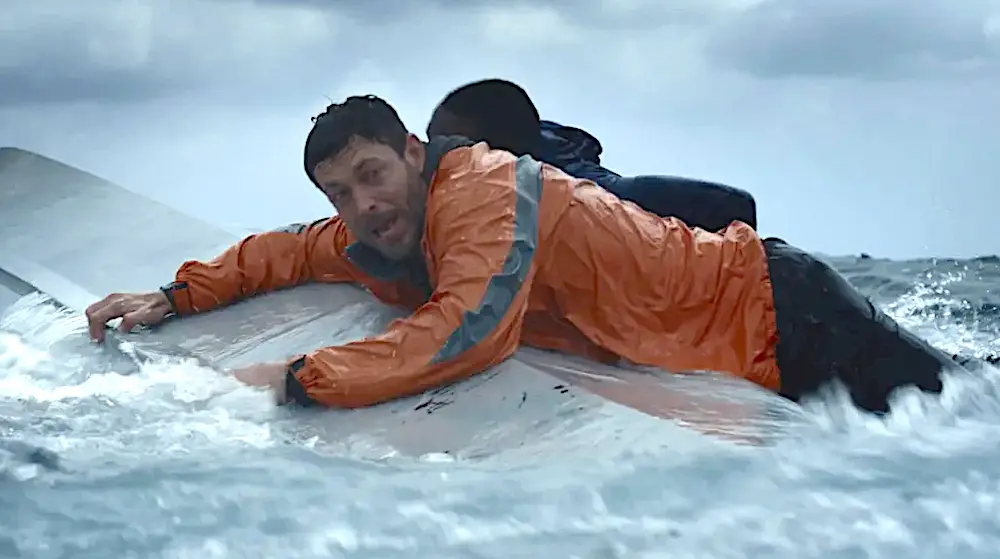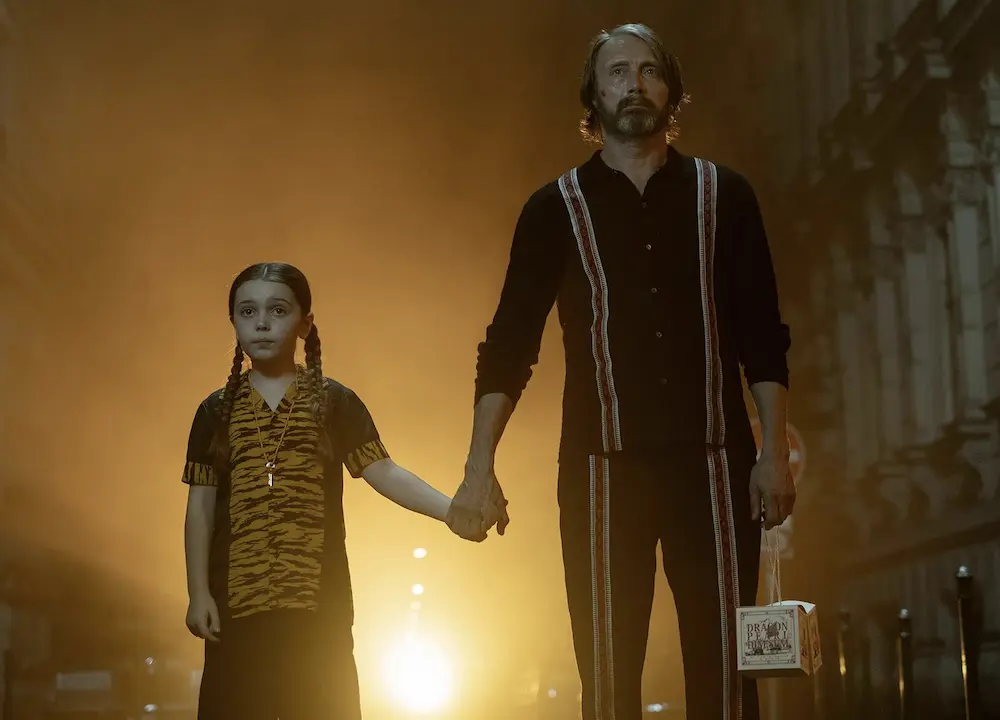The most treacherous mountain on earth, deep in the hinterlands of India’s Garhwal Himalayas, soars 21,850 feet off the deck.
Popcorn and Inspiration: ‘Meru’: Documentary: The Most Dangerous Himalayan Climb of All
Groundbreaking climber-filmmaker Jimmy Chin climbs the hardest mountain in the world, Meru, the Shark’s Fin, and films the whole experience.

Mark Jackson
Film Critic
|Updated:
Mark Jackson is the senior film critic for The Epoch Times and a Rotten Tomatoes-approved critic. Mark earned a bachelor's degree in philosophy from Williams College, followed by classical theater conservatory training, and has 20 years' experience as a New York professional actor. He narrated The Epoch Times audiobook "How the Specter of Communism Is Ruling Our World," available on iTunes, Audible, and YouTube. Mark is featured in the book "How to Be a Film Critic in Five Easy Lessons" by Christopher K. Brooks. In addition to films, he enjoys Harley-Davidsons, rock-climbing, qigong, martial arts, and human rights activism.
Author’s Selected Articles




